Banks delay import payments
Rising debt repayments, IMF targets pressure foreign exchange markets

Commercial banks have once again started delaying import-related payments due to the limited availability of foreign currency, caused by major foreign debt repayments due before the end of June and the need to meet the reserves-related condition set by the International Monetary Fund (IMF).
The situation warrants that the central bank either completely stop purchasing foreign currency from the markets or drastically reduce it to improve the supply of dollars, according to background discussions with multiple bankers. The State Bank of Pakistan (SBP) on Saturday did not provide an official version on the matter.
Banking and market sources told The Express Tribune that some major and small banks were delaying import-related payments by two to three weeks, particularly in cases of open-account and contractual imports. The banks were also providing dollars for the clearance of letters of credit (LCs) to some major importers at rates higher than the interbank rate, they added.
Because of the situation, the spread between the interbank and open market has started widening, and a few banks have again been compelled to ration the provisioning of dollars. The interbank rate was over Rs282 to a dollar, while in the open market the dollar was available close to Rs285, said banking and currency market sources.
The situation is not as bad as the 2022 crisis, and it is high time that the central bank took notice to avoid any speculation in the market, said a senior executive of a private bank whose institution was also facing the challenge of ensuring sufficient dollar provision for import payments.
Concerned authorities said on condition of anonymity that the local currency did come under pressure in both open and interbank markets. However, they said that it was a temporary phenomenon and would end soon.
Pakistan State Oil (PSO) and Pak Arab Refinery Limited (PARCO) were also facing issues in getting the right price of the dollar for making payments against their imports. The sources said that PSO paid about Rs3 higher for its latest import payment compared to the previous contract. This would translate into a higher petrol price for consumers.
Pakistan is scheduled to make $2.4 billion in foreign commercial debt repayments to China next month, in addition to payments to some other multilateral lenders. The foreign exchange reserves stand at $11.5 billion, which is not enough to make these payments and at the same time retain reserves in double digits.
The IMF has also further tightened the end-June Net International Reserves (NIR) target to negative $7.5 billiona further tightening of $1.1 billion compared to the target agreed upon in September last year.
To meet these targets and foreign debt repayments, the central bank is still purchasing dollars from the market.
The end-March negative NIR target was $10.2 billion, which means the central bank needs an additional $2.7 billion cushion just to meet the end-June target, according to the IMF report.
Another senior executive at a bank said that export and remittance proceeds were sufficient to cover imports, but the challenge lay with the financial account, which was putting pressure on the exchange rate. He said the central bank should refrain from buying dollars for a few weeks to ease market conditions.
Representatives of the banking industry have already brought the issue of the emerging shortage of foreign currency to the attention of the central bank, according to those privy to the discussions.
Despite the IMF programme, Pakistan has not received enough foreign loans this time. Central Bank Governor Jameel Ahmad said a few months ago that the SBP had bought over $9 billion from the local market in 2024 to build reserves.
The SBP spokesperson did not respond to questions about the reasons behind the recent pressure on the rupee-dollar parity, or whether there was a backlog of about $1 billion in deferred import-related payments due to the dollar shortage.
He also did not respond to questions regarding the increasing spread between the interbank and open market rates or the strategy the central bank is adopting to address the situation.
The buying of dollars from the market has helped reduce foreign debt by $800 million during the first nine months of this fiscal year. A stable rupee has also played a major role in bringing down the inflation rate to low single digits. However, exporters complain that tight control over the dollar price is eroding their competitive edge, and they argue that market forces should be allowed to play their role.
There is also a seasonal increase in demand for foreign currency due to Hajj, which central bank authorities expect will now subside.

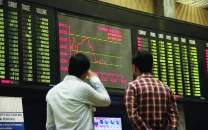

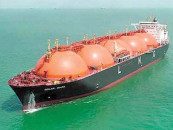
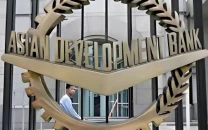

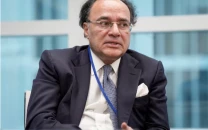





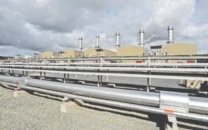







COMMENTS
Comments are moderated and generally will be posted if they are on-topic and not abusive.
For more information, please see our Comments FAQ